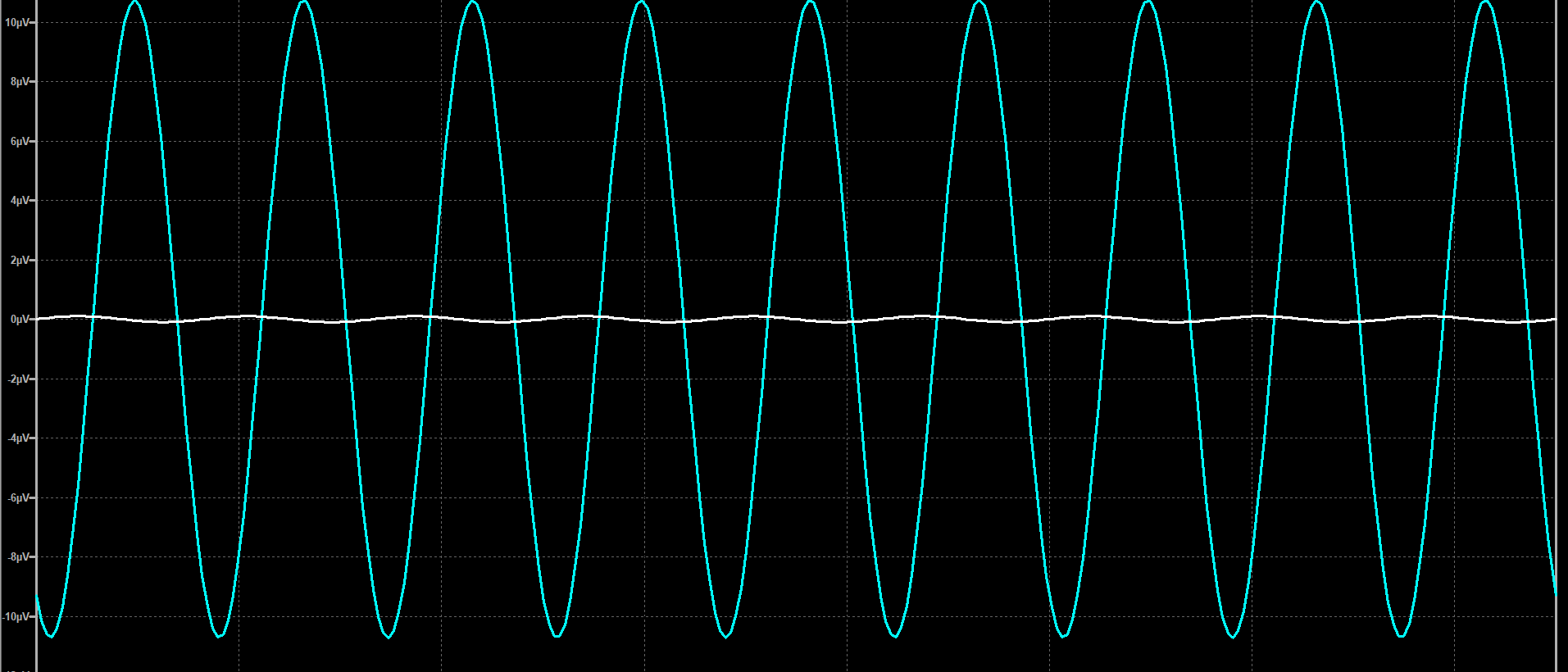Consider this

simulate this circuit – Schematic created using CircuitLab
That 0.1uv (100 nanoVolt) input will be amplified 200X in Q1, then attenuated 2:1 by the voltage-divider of Q2's Rout and the 4 ohm load.
Assuming zero-source impedance, so Miller Effect has no effect on bandwidth, your gain-node time-constant will be 20pF * 200 ohm or 4,000 nanoseconds, thus bandwidth will be about 40MHz. Amazing.
Assuming the dominant random-noise contributor is rbb' of Q1, at 62 ohms, the noise density of 62 ohms is exactly 1 nanoVolt/rootHertz. A bandwidth of 40MHz increases the noise by 1nanoVolt * sqrt(40,000,000) = 1nV * 6,500 = 6.5 uV RMS
referred-to-input random noise. The output noise, loaded by 4 ohms, will be 100X higher at 1.3 milliVolts RMS, about 9 milliVolts 6 sigma (2 ppm).
Your mileage may vary. I used no simulator in designing this.




